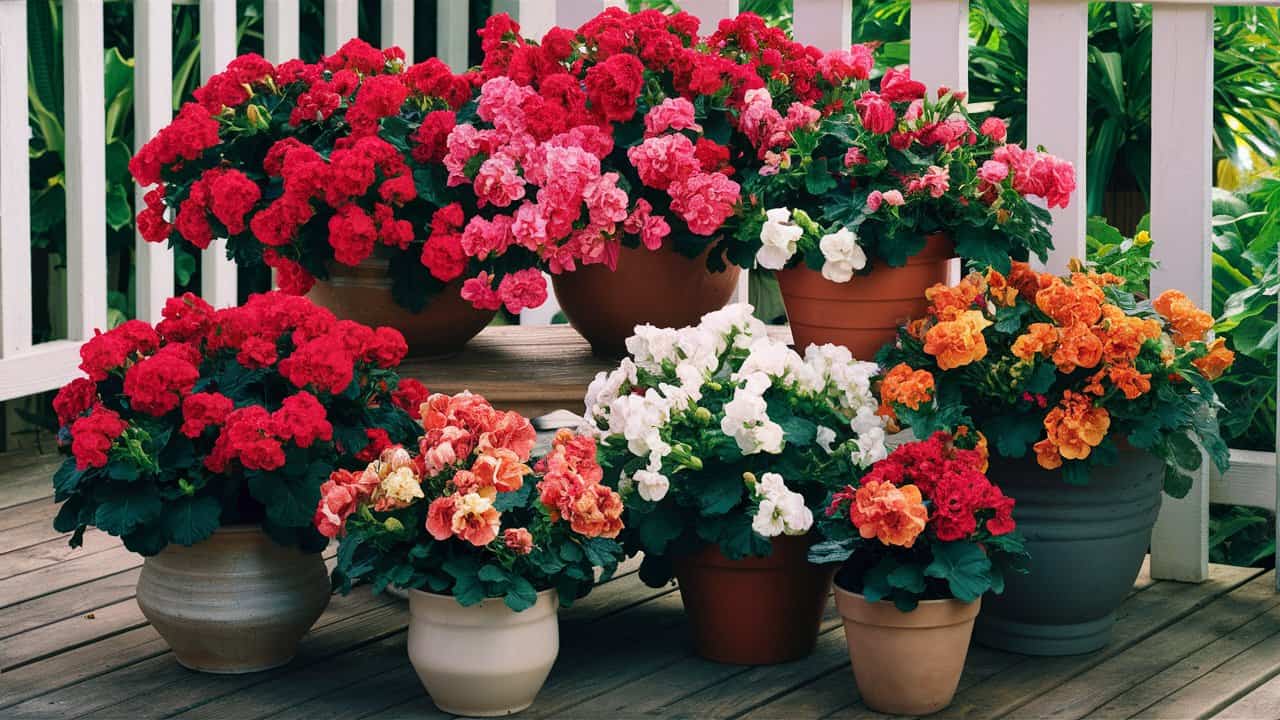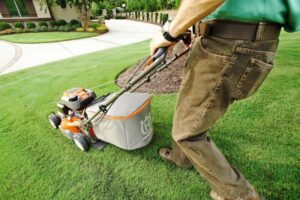Begonias are renowned for their vibrant colors, attractive foliage, and versatility, making them a popular choice for both indoor and outdoor gardening. Their ability to thrive in pots makes them an ideal addition to any space, allowing plant enthusiasts to enjoy their beauty and elegance. In this comprehensive guide, we will explore the various aspects of growing begonias in pots, covering everything from selecting the right container and soil mix to providing optimal growing conditions and essential care tips. By following this guide, you can cultivate healthy and flourishing begonias to enhance the aesthetic appeal of your surroundings.
Understanding Begonias
Before delving into the specific aspects of growing begonias in pots, it’s valuable to understand the nature of these plants. Begonias are part of a diverse genus that includes thousands of hybrid varieties, each with its own unique characteristics. They are known for their asymmetrical, often fancifully shaped leaves and striking, brightly colored blooms, which can range from delicate pastels to vibrant reds and oranges. Additionally, begonias exhibit impressive adaptability, thriving in a variety of conditions, from humid tropical environments to drier, temperate climates.
Selecting the Right Container
When growing begonias in pots, choosing the appropriate container is essential for their health and development. The container’s size, drainage, and material play significant roles in the well-being of the begonias.
Size: Begonias require sufficient space for their root systems to develop. Opt for a pot that provides ample room for growth, reducing the need for frequent repotting. A larger container will also offer more stability for the plants as they mature.
Drainage: Adequate drainage is vital to prevent waterlogging, which can lead to root rot. Ensure the pot has several drainage holes to allow excess water to escape, promoting healthy root development and preventing soil saturation.
Material: Porous materials such as terracotta or unglazed ceramic are ideal for begonias, as they allow for proper aeration and help regulate moisture levels in the soil. Additionally, these materials offer stability to the plants while allowing excess moisture to escape.
Choosing the Appropriate Soil Mix
The right soil mix is crucial for the optimal growth of begonias in pots. Consider the following factors when selecting a soil mix for your begonias:
Well-Draining: Begonias thrive in well-draining soil to avoid waterlogging, which can be damaging to their delicate root systems. A recommended soil mix includes a combination of peat moss, perlite, and coarse sand to ensure proper drainage and aeration.
Moisture Retention: While good drainage is important, it’s also necessary for the soil to retain some moisture to support healthy growth. Adding organic matter such as compost or coir can help improve moisture retention while maintaining efficient aeration levels in the soil.
pH Level: Begonias prefer slightly acidic soil with a pH range of 5.5 to 6.5. A soil mix tailored to these pH requirements provides an optimal environment for the begonias to thrive.
Providing Optimal Growing Conditions
Creating the right growing environment is essential for the health and vigor of potted begonias. The following factors are crucial for providing optimal growing conditions:
Light: Begonias thrive in bright, indirect light. Place your potted begonias in a location where they can receive adequate light without being exposed to direct sunlight, which can scorch the leaves. Ensuring they receive the right amount of light promotes healthy foliage and vibrant blooms.
Temperature: Maintain a consistent temperature range of 65-75°F (18-24°C) for begonias. Avoid exposing them to extreme temperature fluctuations, as this can stress the plants. Consistent and moderate temperatures support vigorous growth and flower production.
Humidity: Begonias appreciate moderate to high humidity levels. If the air in your home is dry, consider using a humidifier or placing a tray of water near the plants to increase humidity. Adequate humidity levels contribute to healthy foliage and robust growth.
Essential Care Tips
To ensure the health and vitality of your potted begonias, consider the following care tips:
Watering: Water begonias when the top inch of the soil feels dry to the touch. Avoid overwatering, as this can lead to root rot. Use room-temperature water to prevent shock to the plants, ensuring they receive the right amount of moisture for sustained growth.
Fertilization: Feed your begonias with a balanced, water-soluble fertilizer every 4-6 weeks during the growing season. Be mindful not to over-fertilize, as this can cause salt buildup in the soil. Proper fertilization supports robust growth and abundant flowering.
Pruning: Regularly remove spent flowers and yellowing leaves to encourage new growth and maintain the overall health and appearance of your begonias. Pruning also helps to prevent the spread of diseases and redirects the plant’s energy towards producing new blooms, enhancing the visual appeal of the plants.
Common Pests and Diseases
While begonias are relatively resilient plants, they can be susceptible to certain pests and diseases. It’s essential to monitor your begonias for signs of common issues such as powdery mildew, aphids, and mealybugs. If you notice any signs of infestation or disease, prompt action is crucial to prevent their spread.
Common Pests
Aphids: These small, pear-shaped insects can cause distortion of new growth and the transmission of viral diseases. Control aphids by spraying the plants with a strong jet of water or using insecticidal soap.
Mealybugs: Mealybugs appear as white, cottony masses on the plant and can cause stunted growth. Remove them by dabbing with a cotton swab dipped in rubbing alcohol or use insecticidal soap.
Common Diseases
Powdery Mildew: This fungal disease appears as a white, powdery substance on the foliage, affecting plant growth and appearance. Improve air circulation around the plants and consider using a fungicidal spray to control powdery mildew.
Conclusion
Growing begonias in pots offers a versatile and rewarding gardening experience, suitable for both novice and experienced gardeners. By understanding the key aspects of selecting the right container, choosing the appropriate soil mix, providing optimal growing conditions, and implementing essential care tips, you can successfully cultivate healthy and beautiful begonias in your own home or garden.
In conclusion, the timeless beauty and versatility of begonias make them a cherished addition to any indoor or outdoor space. By following the guidelines and tips provided in this comprehensive guide, you can embark on a journey to nurture vibrant, flourishing begonias in pots, bringing a touch of elegance and color to your living spaces. With patience, care, and attention to detail, your potted begonias will flourish, rewarding you with their stunning blooms and rich foliage.
Whether you’re a seasoned horticulturist or a newcomer to the world of gardening, the experience of tending to begonias in pots is sure to bring joy and satisfaction. As you embark on this horticultural endeavor, remember that the beauty of begonias lies not only in their visual appeal but also in the nurturing process, fostering a sense of connection and appreciation for the natural world. So, go ahead, select your favorite begonia cultivars, choose the perfect containers, and embark on a delightful journey of growing begonias in pots, enriching your surroundings with their unmatched allure and grace.





